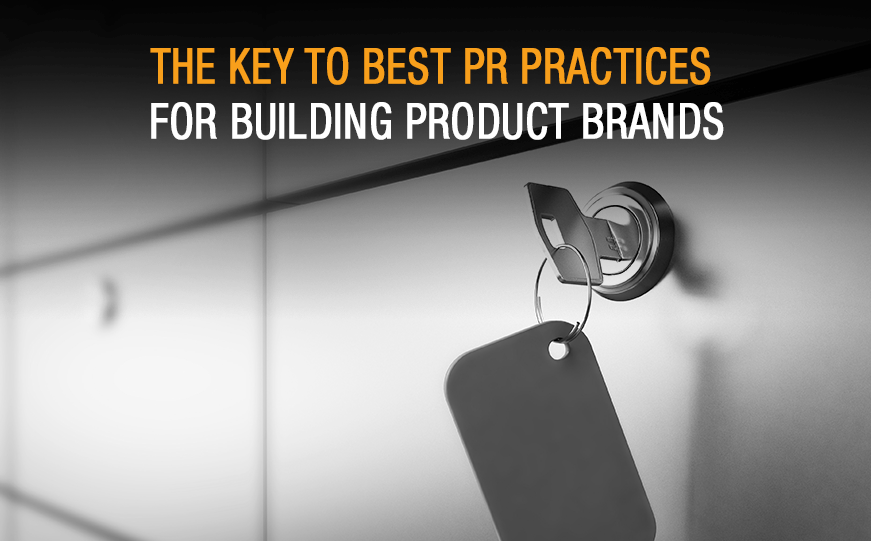Public Relations is a critical element of any strategic communications plan — and an essential part of a brand’s larger marketing approach. The term gets used a lot. But what is PR, really?
For starters… it’s much more than press releases. Or finding the perfect angle.
Put simply, public relations has traditionally involved a set of activities that cultivates a positive reputation among audiences via a variety of “earned” (unpaid) media placements.
But the opportunity for PR extends far beyond earned media. To be most effective, PR should not rely on a single-faceted approach… but rather employ multiple tactics that reach customers and prospects wherever they happen to be in the buyers journey.
At K&A, we’re strong believers in the PESO model of marketing and PR.
Covering All the Bases
So, what exactly is PESO?
PESO stands for Paid, Earned, Shared and Owned media. The acronym, developed by PR and social media expert Gini Dietrich, describes the framework for all of the available PR and marketing strategies a business can deploy to reach potential buyers and influence their perspectives.
Here’s a quick breakdown of the components that make up PESO:
- Paid Media – Includes print and online ads, native ads, sponsored blog posts and direct mail.
- Earned Media – Driven by what others say about a brand, including reviews, testimonials and referrals.
- Shared Media – Engagement within digital platforms, including social sites, video sharing and online forums.
- Owned Media – Brand-created publishing, which may include content that lives on a website, in a newsletter or on a blog.
While the PESO framework can be applied to any brand, it’s particularly relevant for building product brands and how they utilize public relations… helping to drive brand awareness and engagement, build trust, and — ultimately — grow sales.
Why do building product brands need PR?
- To promote the brand as an industry thought leader
- To gain positive publicity around a product or program
- To announce a new product, service or partnership
- To respond to a challenge or opportunity
- To share corporate initiatives around community involvement and charitable giving
When effective, PR demonstrates to customers and prospects how a brand adds value — not only in meeting their needs — but also in supporting the industry at large.
Using PESO as a model, here are a few best practices designed to help building product brands get the most out of public relations efforts.
Leveraging Paid Media
While, in the past, paid media was limited to print, TV or radio advertising, that’s no longer the case. Media today continues to evolve rapidly and includes many more digital and direct avenues… such as native advertising, social media ads, Google Ads and retargeted ads, to name just a few.
Paid social media campaigns, for example, can reach those who are interested in the channel at large, not just in a specific brand.
Likewise, paying to have thought leadership articles distributed through native advertising allows a brand’s expertise to reach a wider audience while establishing credibility.
Optimizing Earned Media
A simple definition of earned media is publicity… achieved as a result of newsworthiness. In essence, earned media is a third-party endorsement.
First and foremost, it’s important to respond promptly to requests — when a reporter is looking for an industry expert — to quote in an article.
To get noticed by bloggers who may someday wish to promote your brand, make the effort to establish relationships with influencers… with whom you may want to partner.
In addition, share positive endorsements on LinkedIn with partners who have collaborated on projects… and recognize and promote thought leaders on channel platforms. These efforts can go a long way in generating goodwill and increasing brand visibility.
Utilizing Shared Media
Shared media includes posts on social sites such as Twitter, Facebook, LinkedIn and Instagram… along with information-sharing venues like forums or news comment sections.
Encourage user-generated content and positive word-of-mouth by responding and re-sharing posts when an audience member “tags” or mentions your branded solution. Participate in co-branded campaigns with other top leaders in complementary industries. Establish a strong online community, through intentional social media efforts and strategic posting.
And always ensure to quickly address comments posted on your brand’s social sites.
Because social platforms are constantly changing… commit to staying current.
Maximizing Owned Media
Owned media is content created, hosted and distributed by a brand. Examples of owned media include blog posts, white papers, videos, podcasts, case studies, ebooks, newsletters and landing pages on a website.
All content developed for owned media should be purposeful. Is the goal to attract new leads? Nurture existing prospects on their buyer journey? Follow up on previous sales? Increase brand awareness?
A significant benefit of owned media is the ability to control the content created while directing the messaging specifically to your target audience — helping to nurture relationships with existing customers. And to build relationships with potential future buyers.
PR Works
Public relations — especially when implemented through the framework of the PESO model — is one of the most effective ways to elevate a brand, in a compelling and impactful way.
When used strategically, this approach enhances a building product brand’s reputation. Solidifying its position within the industry. And driving more sales… all through a combination of creative storytelling and relationship building.
If you’d like to explore how investing in a public relation campaign can generate more visibility for your building product brand, send an e-mail to sk@kleberandassociates.com to get the conversation started.




